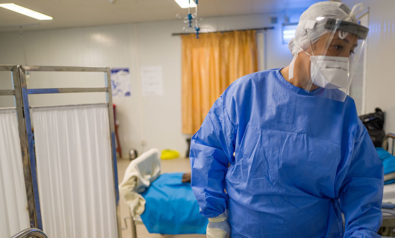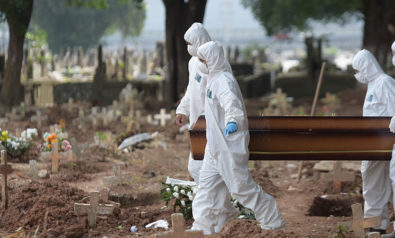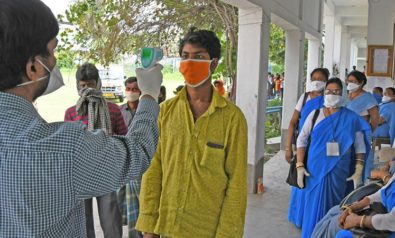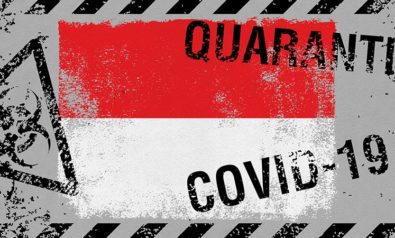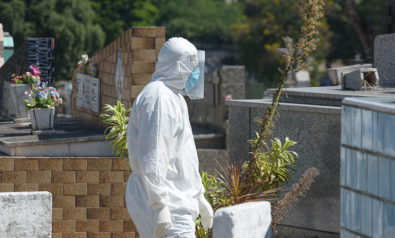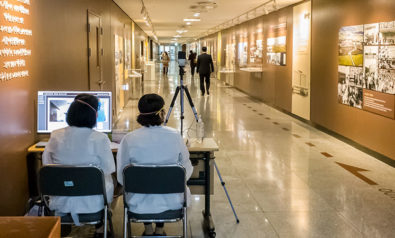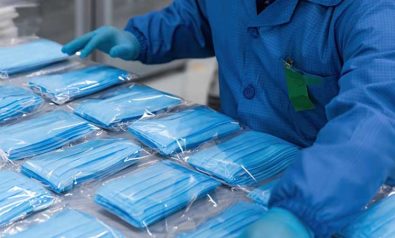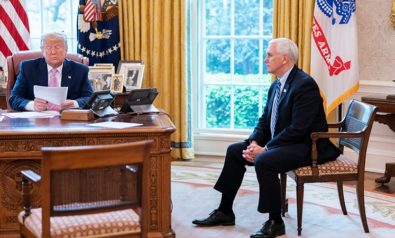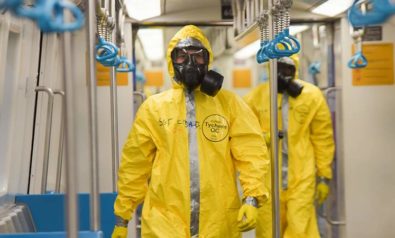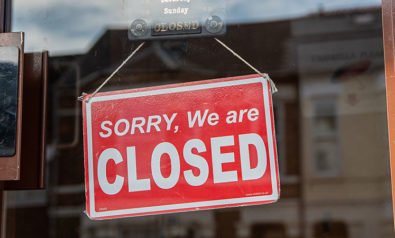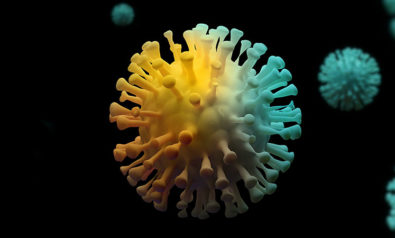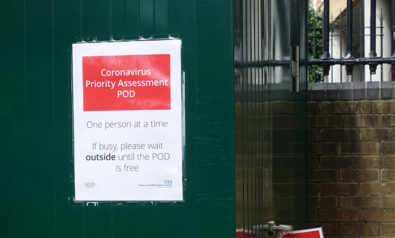There has been much debate around the world about the source of the COVID-19 pandemic, ranging from its origin in a laboratory or at Wuhan’s seafood market or some other form of animal-to-human transmission. While there is no proof (yet) that the virus may have been inadvertently released from one of the two biological research laboratories located at Wuhan, there is evidence that viral release has occurred in the past and a host of additional data that point to a laboratory connection.
In 2004, the World Health Organization (WHO) determined that an outbreak of SARS had been caused by two separate leaks at the Chinese Institute of Virology in Beijing. The Chinese government said at the time that the leaks were a result of negligence. It is a remarkable coincidence that the Wuhan Institute of Virology was researching Ebola and SARS-associated coronaviruses in bats before the latest coronavirus outbreak, and when Wuhan doctors were treating the first patients of COVID-19 in November 2019, the institute had announced in a hiring notice that a large number of new bat viruses had been discovered and identified.
In November and December 2019, the Wuhan Institute for Virology posted job openings for scientists to research the relationship between the coronavirus and bats. A scientific paper published by the South China University of Technology in February 2020 stated that “the coronavirus probably originated from a laboratory in Wuhan” and that safety levels needed to be reinforced in high-risk biohazardous laboratories in China.
Speculation
There was much speculation at the outset about whether there was an animal link or whether the virus had been crafted and then escaped from China’s only biosafety level 4 lab (BSL-4), the Wuhan National Biosafety Laboratory, located very near the epicenter of the original outbreak. While maintaining that the source of the virus could not be determined, the Chinese government had since the beginning of the outbreak crafted a narrative that the virus had originated at the Wuhan seafood market.
However, the first documented cases of the virus had no direct link to the market. A February 2020 study in The Lancet showed that about a third of the first 41 confirmed infected patients had no direct exposure to the animal market. Among them was the first known patient, whose symptoms reportedly began appearing December 1.
The notion that it was a secretly developed biological weapon was quickly debunked. The New England Journal of Medicine noted at the time that the virus’s ribonucleic acid sequences closely resembled those of viruses that exist in bats and that “epidemiologic information implicates a bat-origin virus infecting unidentified animal species sold in China’s live-animal markets.” The Washington Post similarly reported that US intelligence found no evidence that the novel coronavirus was created in a laboratory as a potential bioweapon, and that scientific research demonstrated that the virus originated in bats.
However, based on scientific evidence, it is worth noting that Chinese government researchers had previously isolated more than 2,000 new viruses, including deadly bat coronaviruses, at the BSL-4 laboratory. A Chinese video, “Youth in the Wild — Invisible Defender,” records researchers engaged in the casual handling of bats containing deadly viruses. The film boasts that China had taken the lead in global virus research since the outbreak of the bat-originating virus that caused SARS.
In the months prior to the COVID-19 outbreak, several Chinese state media outlets had praised the virus research being done in Wuhan by Tian Junhua, a leader in bat virus research. Tian worked for the Office of Decontamination and Biological Disease Vector Prevention and Control within the Wuhan Center for Disease Control (CDC). He had gathered thousands of bats for research work on bat viruses since 2012. It was widely believed in 2002 that the SARS virus had jumped from a bat to an intermediate host that infected a person at a food market in China. But two studies since then since — from Nature magazine in 2013 and the National Institutes of Health in 2017 — strongly suggested that SARS may have transitioned directly from a bat to a human.
Obfuscation
Speaking to Bill Gertz of The Washington Times in March, Richard Ebright, a professor at the Waksman Institute of Microbiology at Rutgers University, noted that COVID-19 was 96.2% similar to a virus originating in bats that was first discovered by the Wuhan Institute of Virology in 2013 and analyzed at the Wuhan CDC. He believes that the virus could have jumped naturally from animal to human, but that it could also have escaped from a lab. Until the COVID-19 outbreak, all but two coronaviruses in China were studied at biosafety level-2 (BSL-2) facilities, with significantly lower levels of safeguards — not the high-security BSL-4 laboratory at the Wuhan Institute of Virology.
“Virus collection, culture, isolation or animal infection at BSL-2 laboratories with a virus having the transmission characteristics of the outbreak virus pose high risk of accidental infection of a lab worker, and from the lab worker to the public,” Ebright said. Horseshoe bats are believed to have been the source of the virus, but these bats are not native to the Wuhan area, nor were they sold at the Wuhan seafood market — but both the Wuhan Institute of Virology and that Wuhan Center for Disease Control and Prevention had conducted research on horseshoe bats.
All this lends credence to the theory that the SARS-CoV-2 virus that led to the COVID-19 pandemic may indeed have escaped from a laboratory in China, and that one of the many scientists experimenting with bat viruses in these laboratories became infected and was the initial source of the infection. The world may never learn the truth from the Chinese government, but this theory makes a good deal of sense, especially given the absence of horseshoe bats in the Wuhan area, the 2004 WHO revelation about the origin of SARS, the subsequent scientific research supporting bat-to-human transmission, all of the ongoing research occurring the BSL laboratories in China, and the Chinese government’s continuing obfuscation regarding accurate data related to this pandemic.
The views expressed in this article are the author’s own and do not necessarily reflect Fair Observer’s editorial policy.
Support Fair Observer
We rely on your support for our independence, diversity and quality.
For more than 10 years, Fair Observer has been free, fair and independent. No billionaire owns us, no advertisers control us. We are a reader-supported nonprofit. Unlike many other publications, we keep our content free for readers regardless of where they live or whether they can afford to pay. We have no paywalls and no ads.
In the post-truth era of fake news, echo chambers and filter bubbles, we publish a plurality of perspectives from around the world. Anyone can publish with us, but everyone goes through a rigorous editorial process. So, you get fact-checked, well-reasoned content instead of noise.
We publish 2,500+ voices from 90+ countries. We also conduct education and training programs
on subjects ranging from digital media and journalism to writing and critical thinking. This
doesn’t come cheap. Servers, editors, trainers and web developers cost
money.
Please consider supporting us on a regular basis as a recurring donor or a
sustaining member.
Will you support FO’s journalism?
We rely on your support for our independence, diversity and quality.



